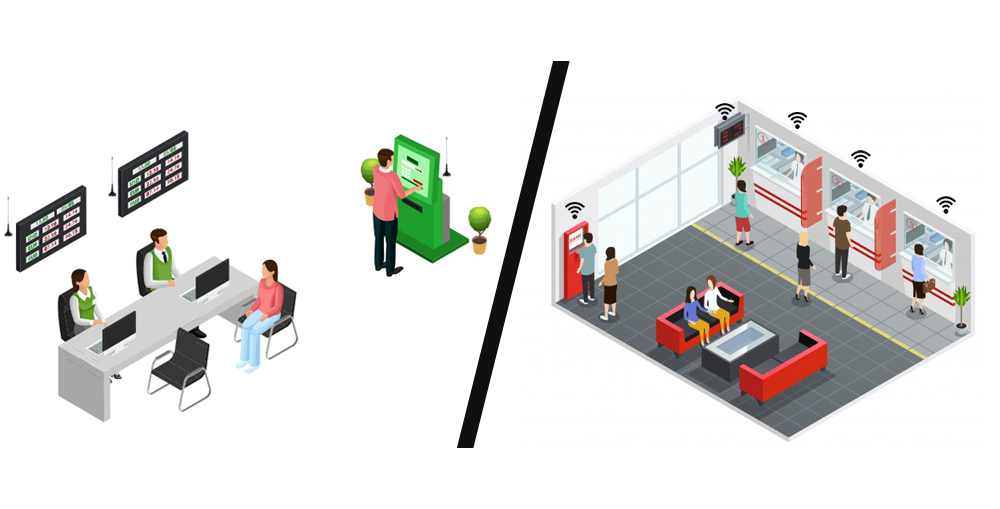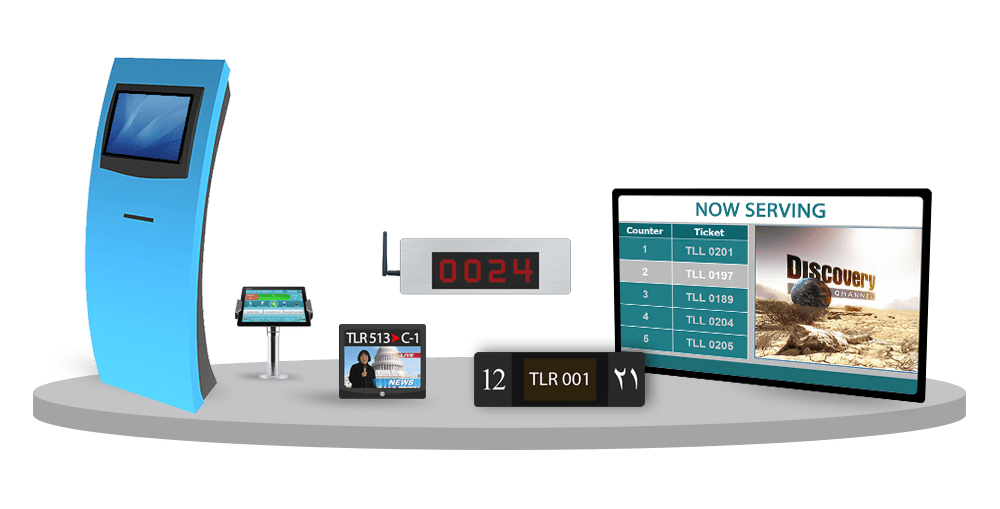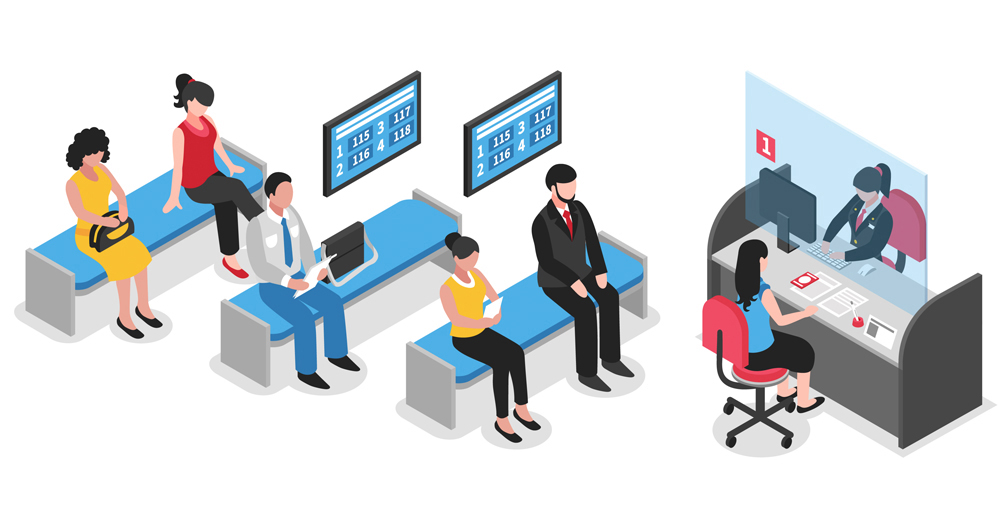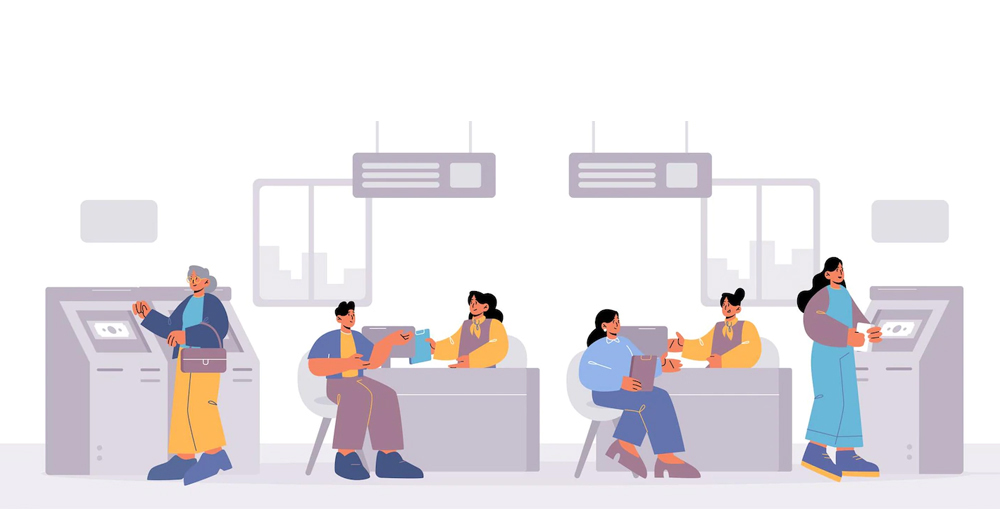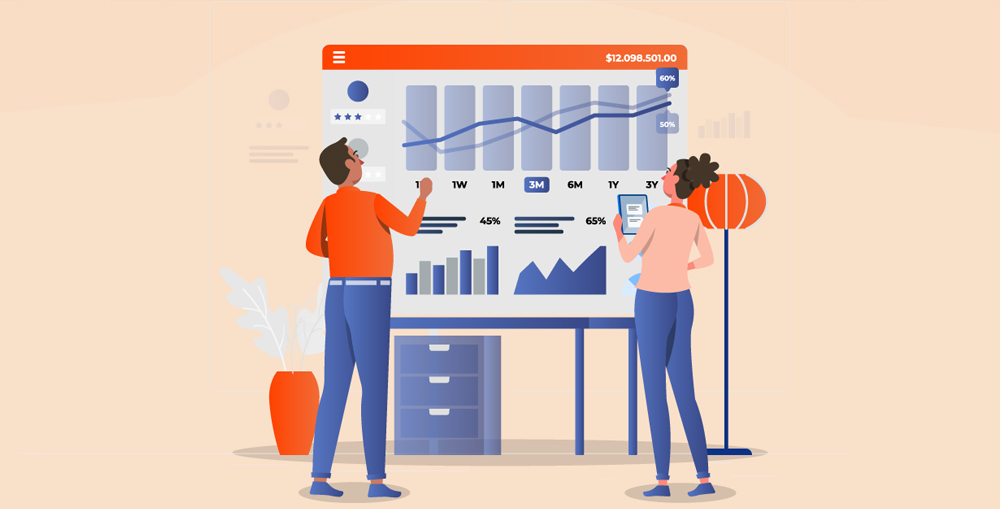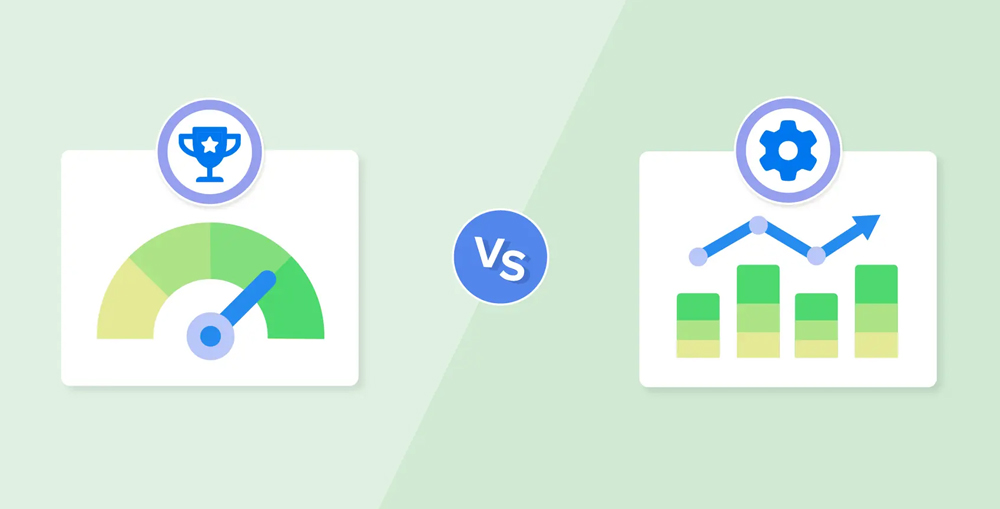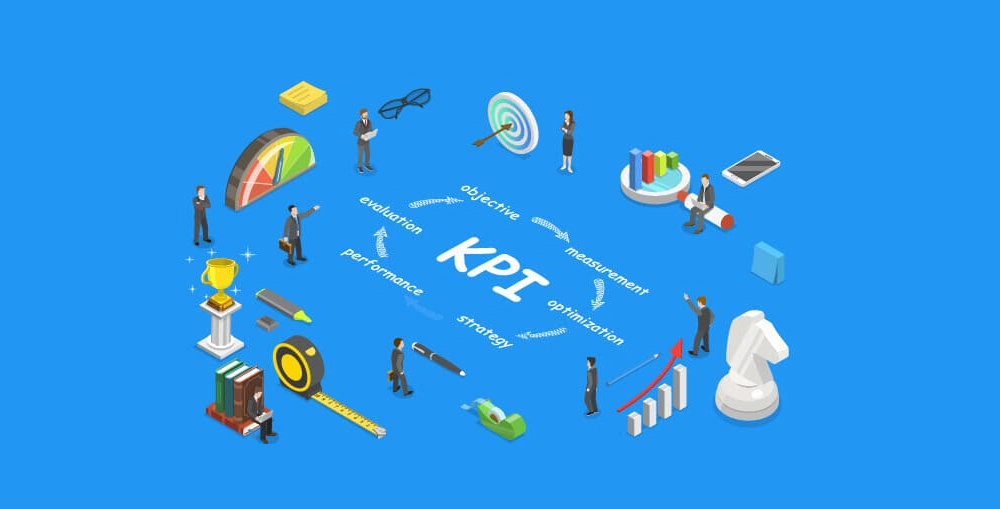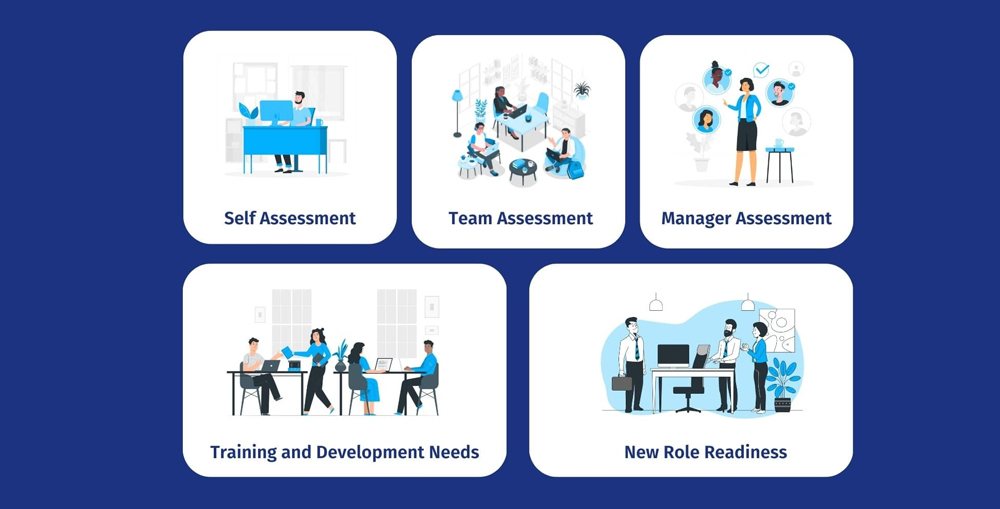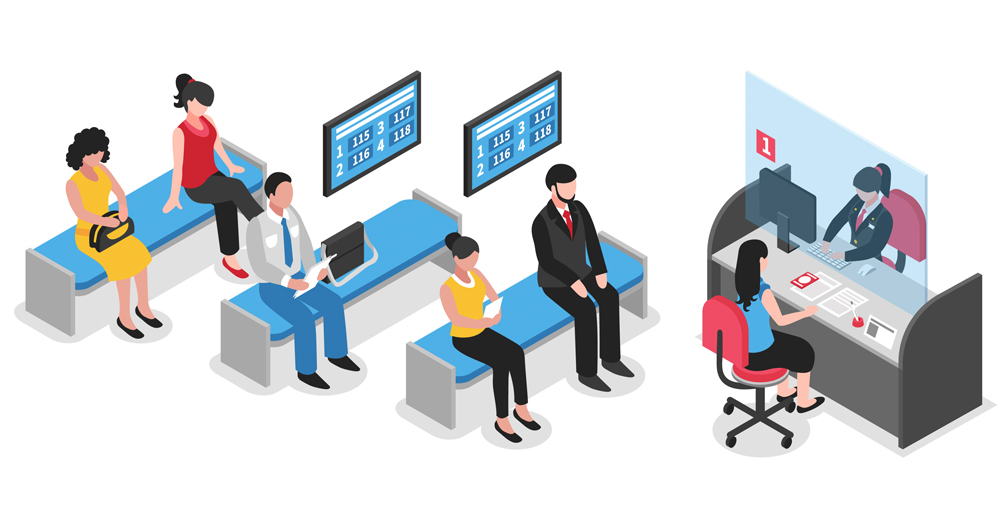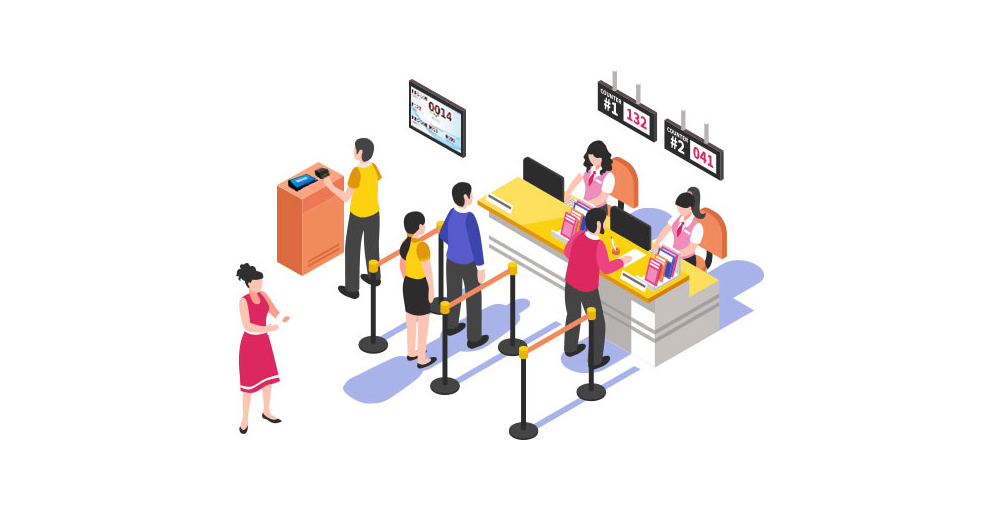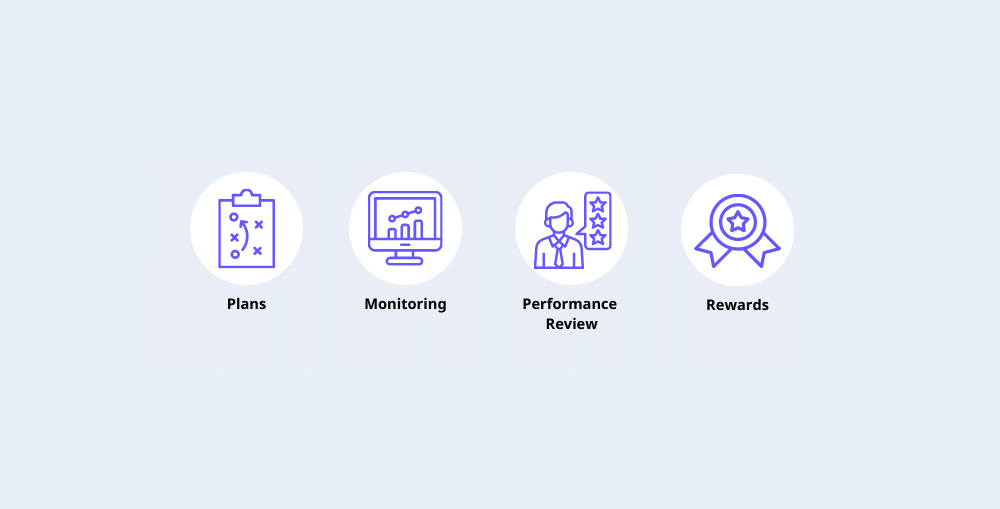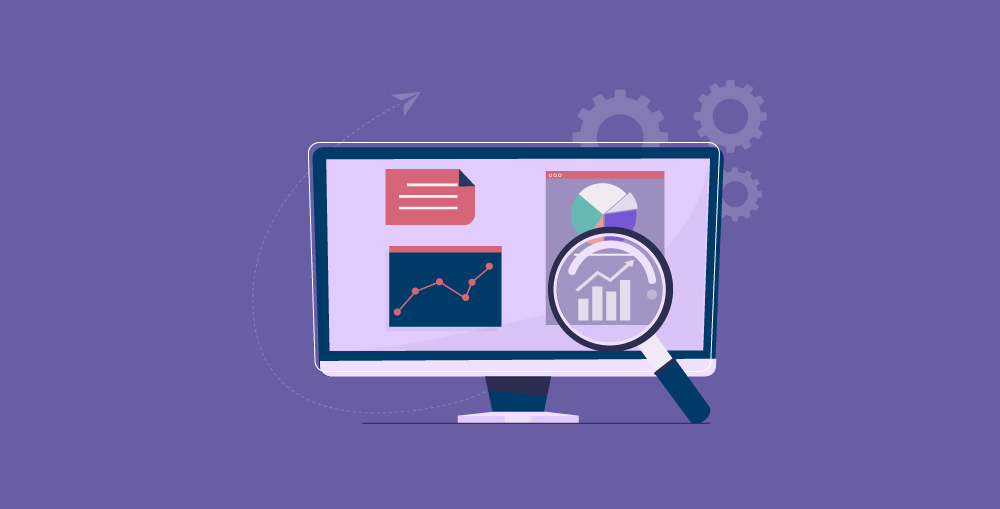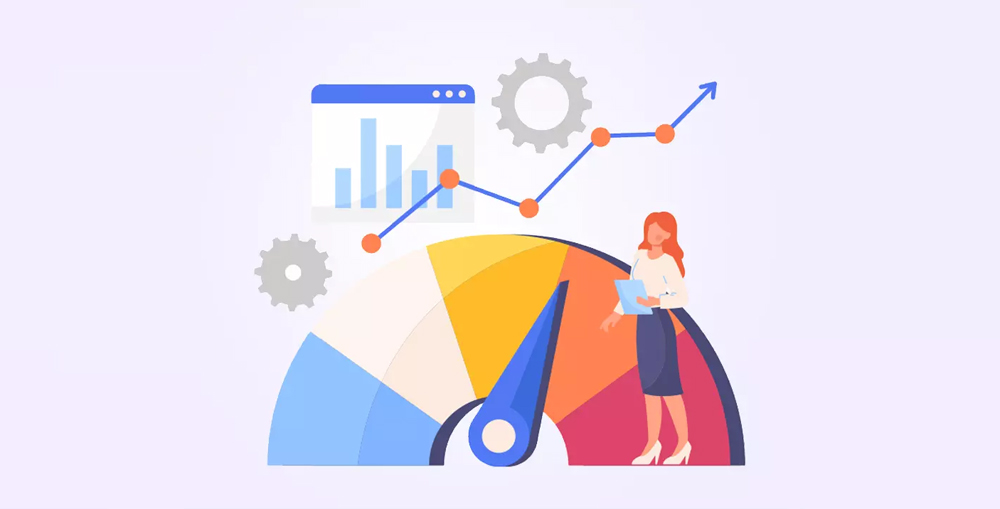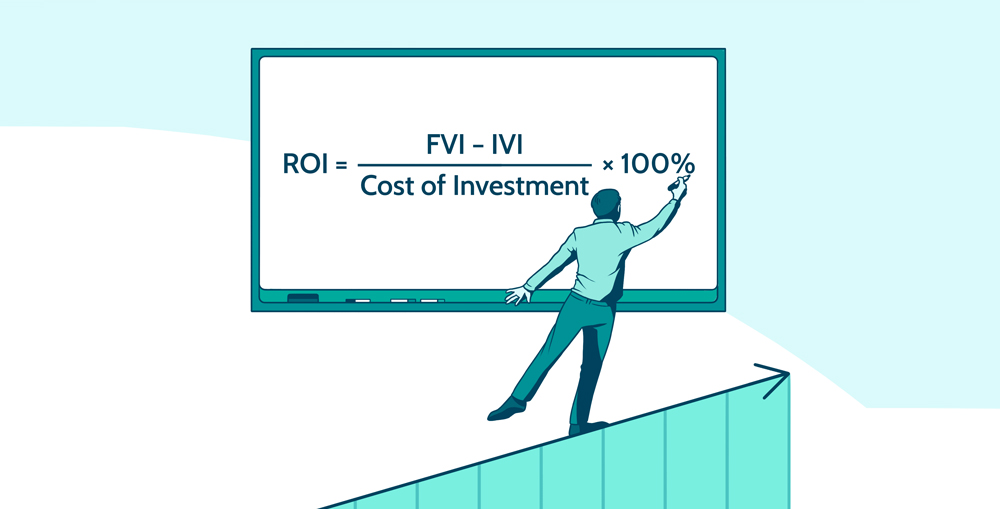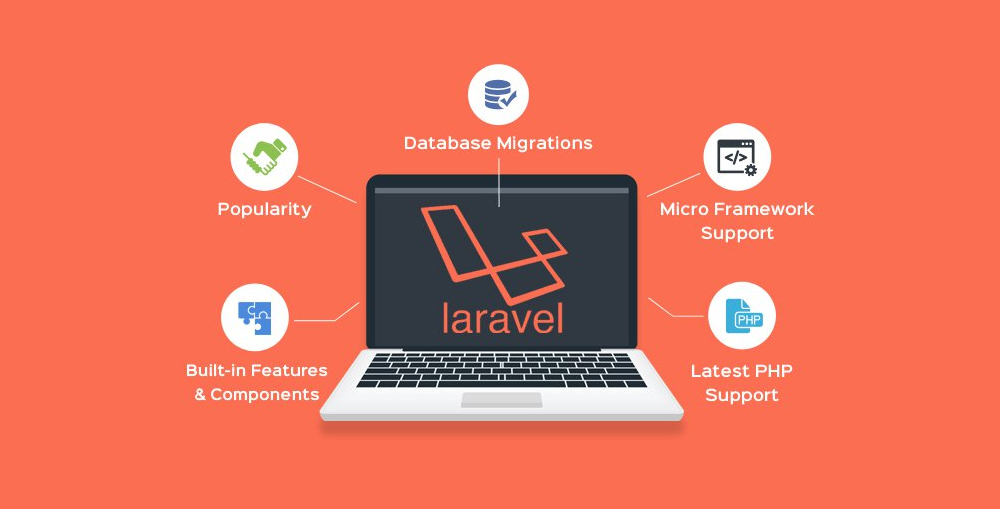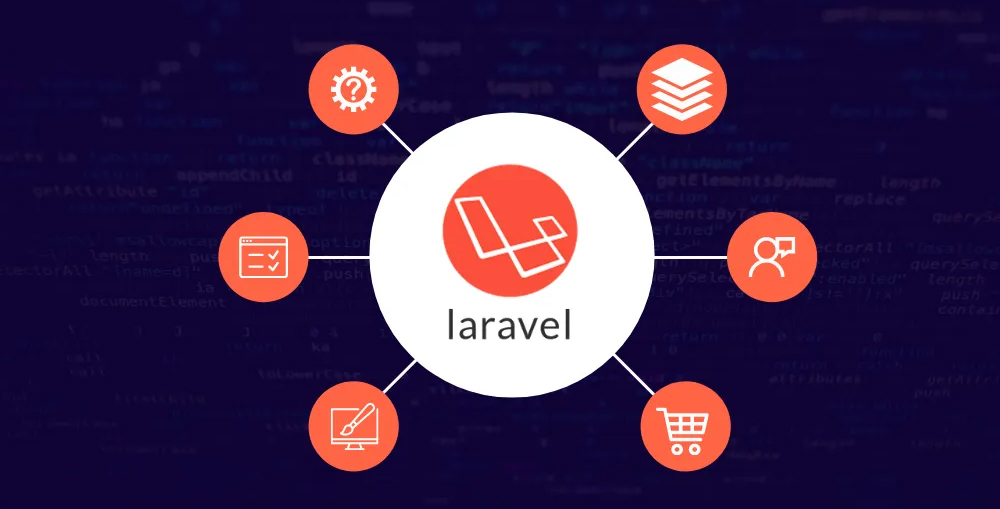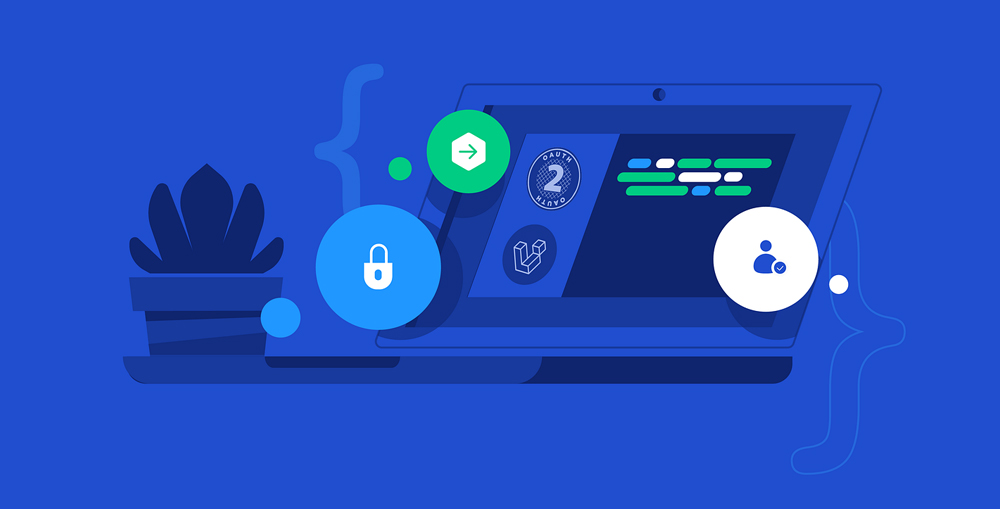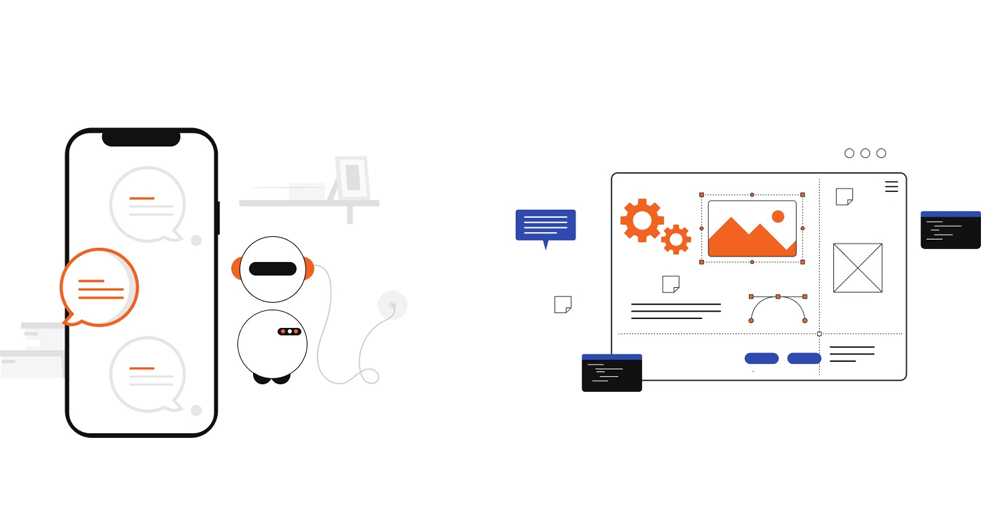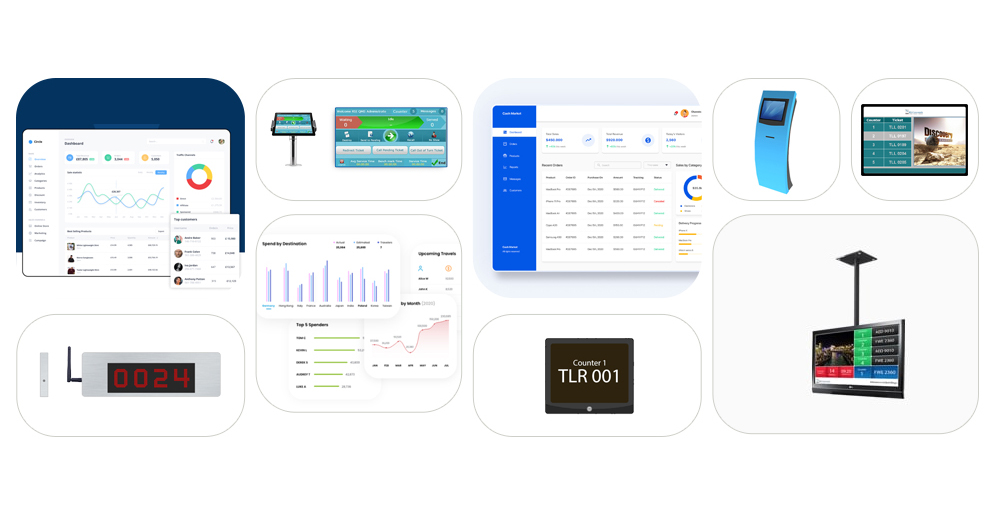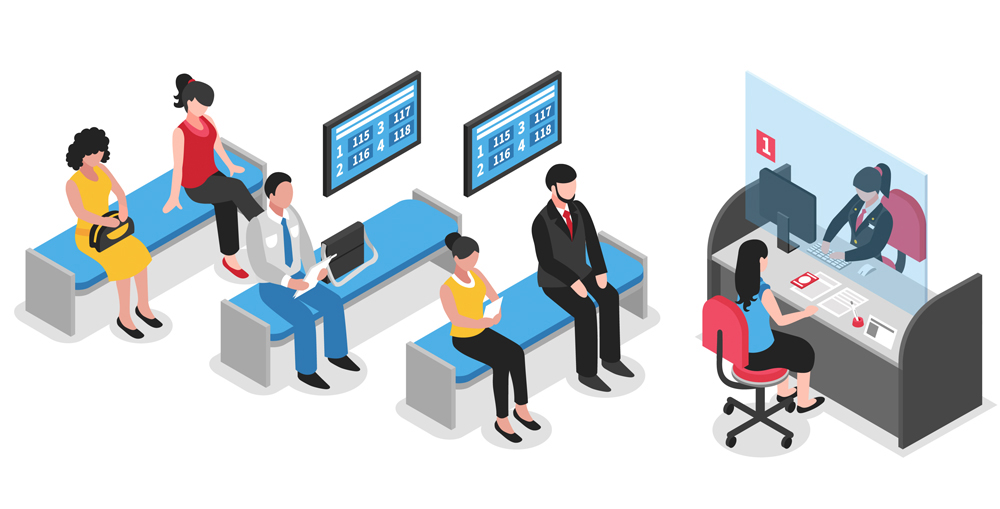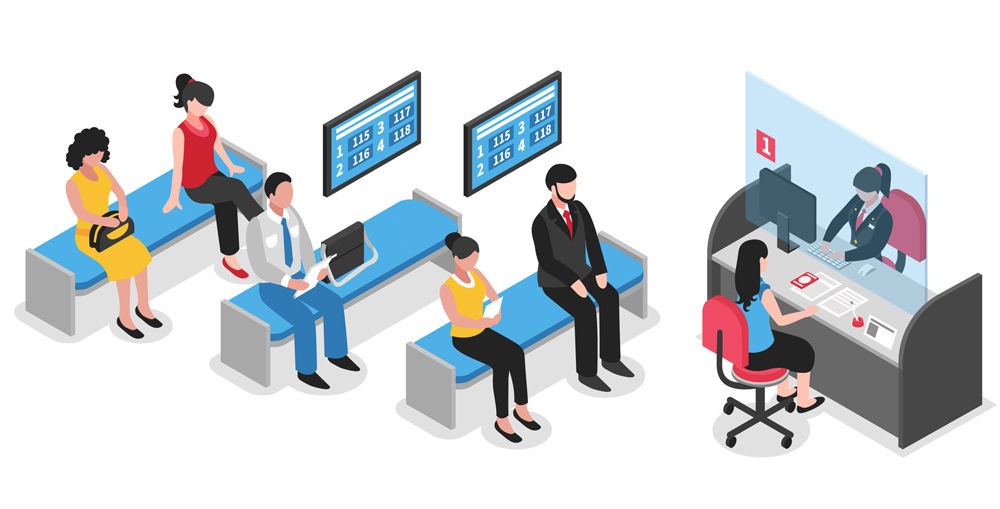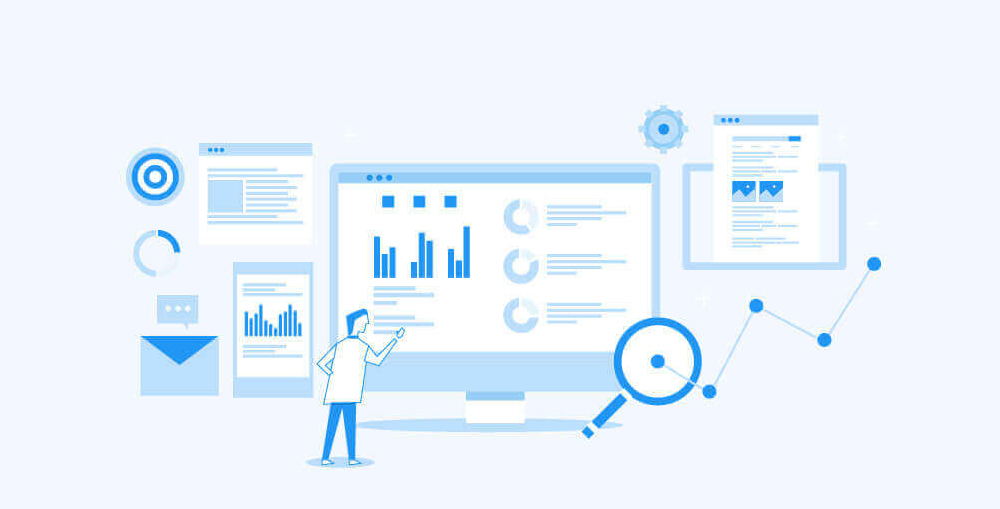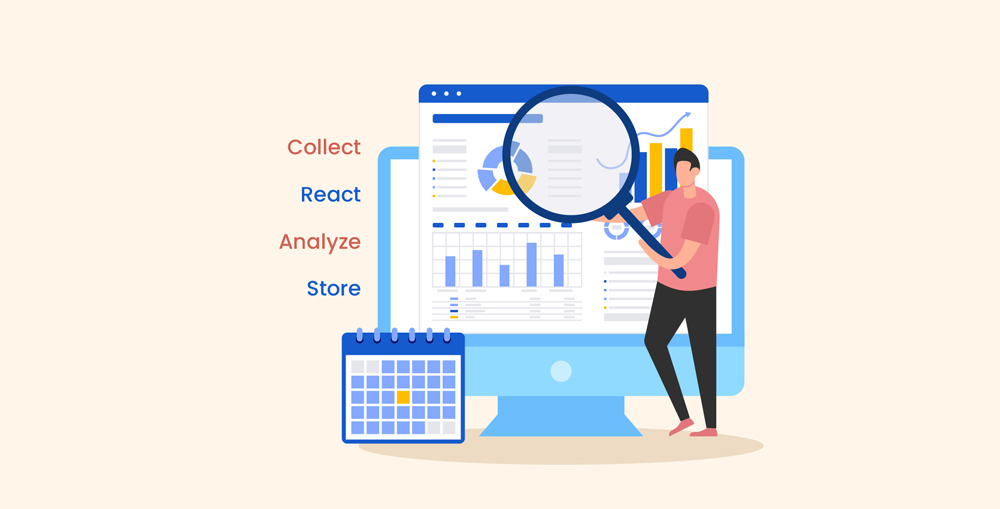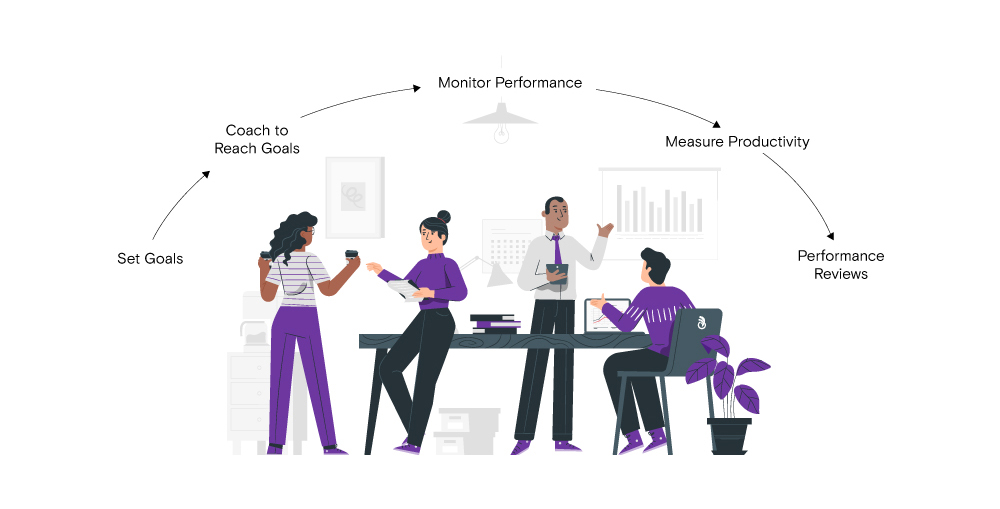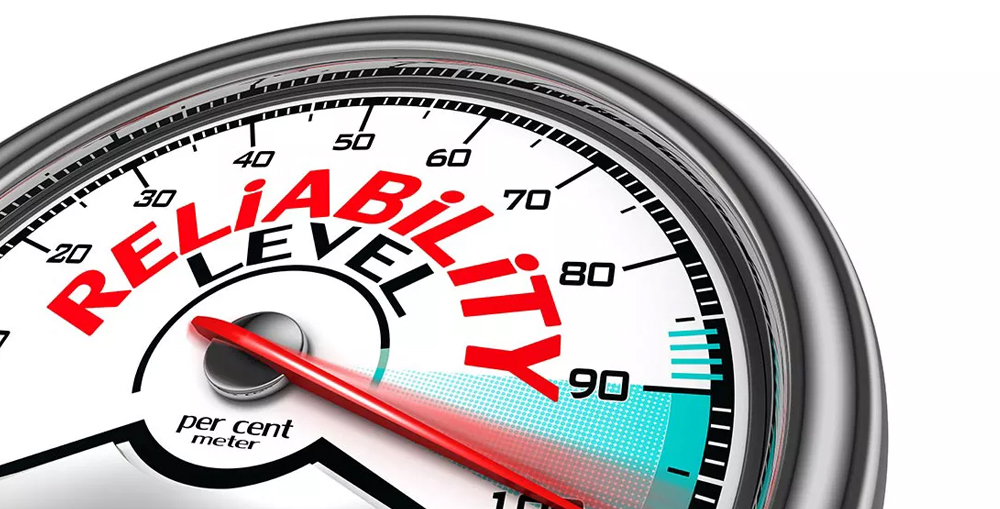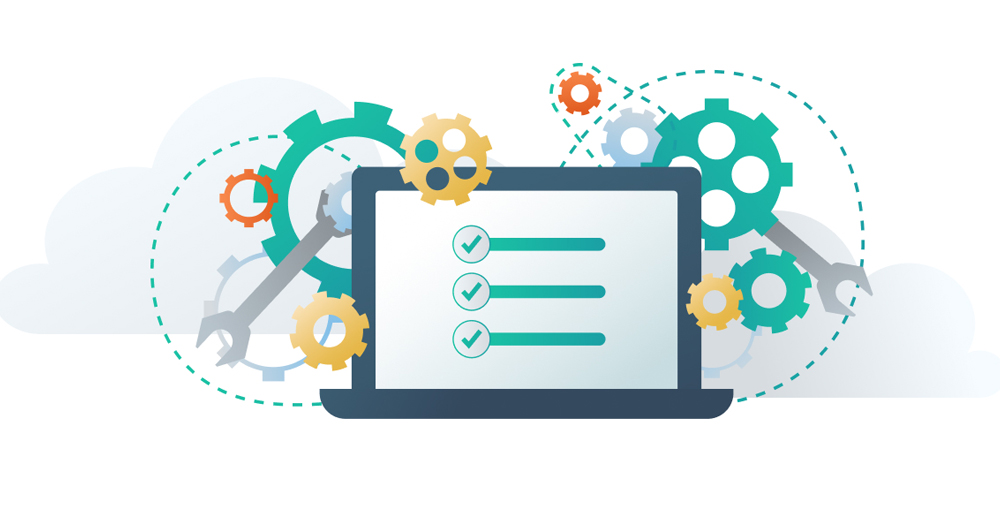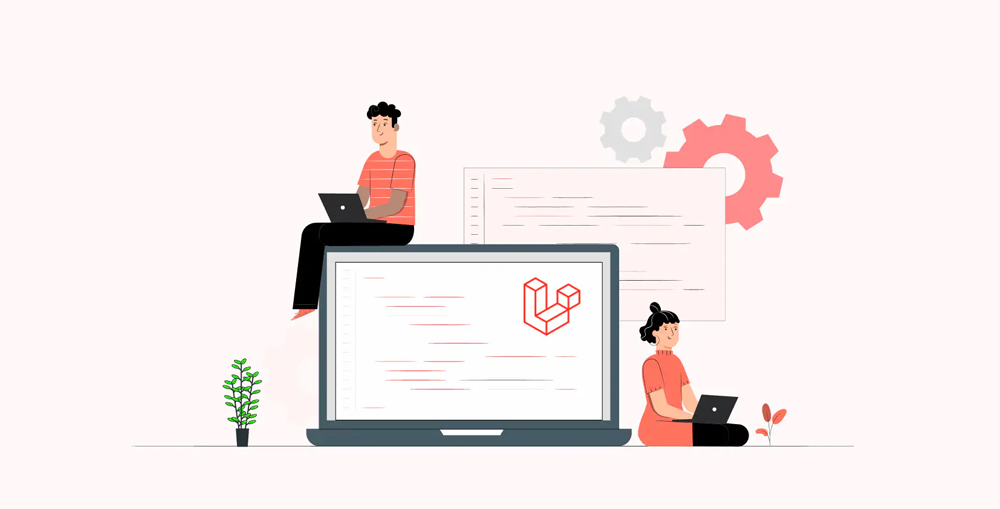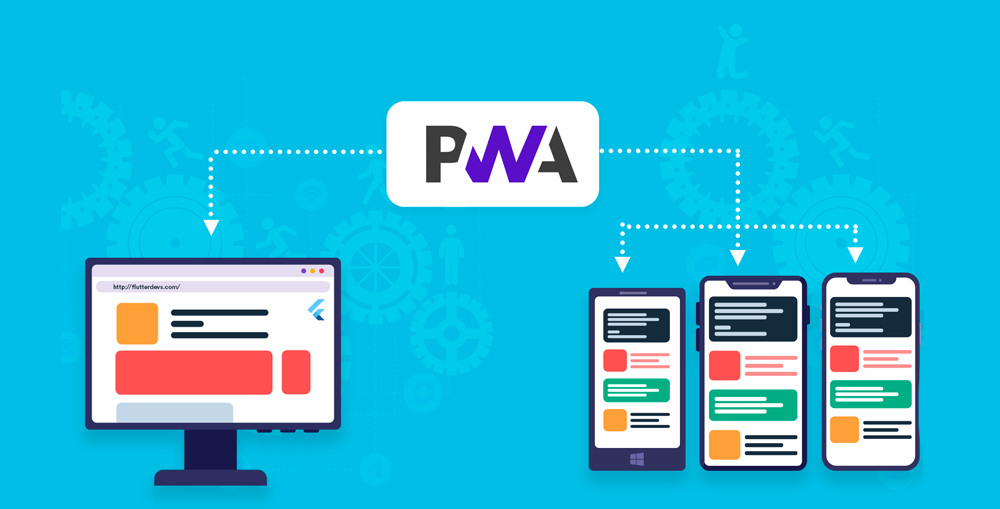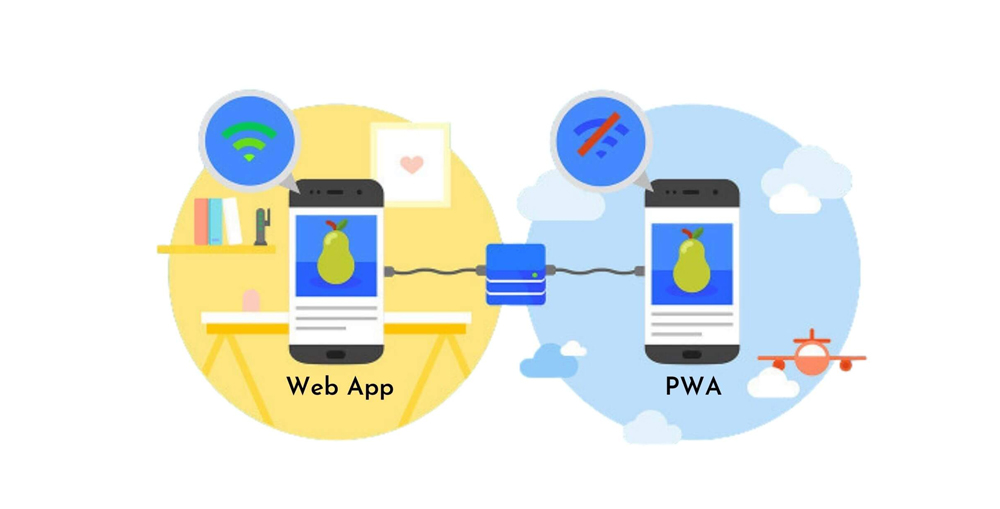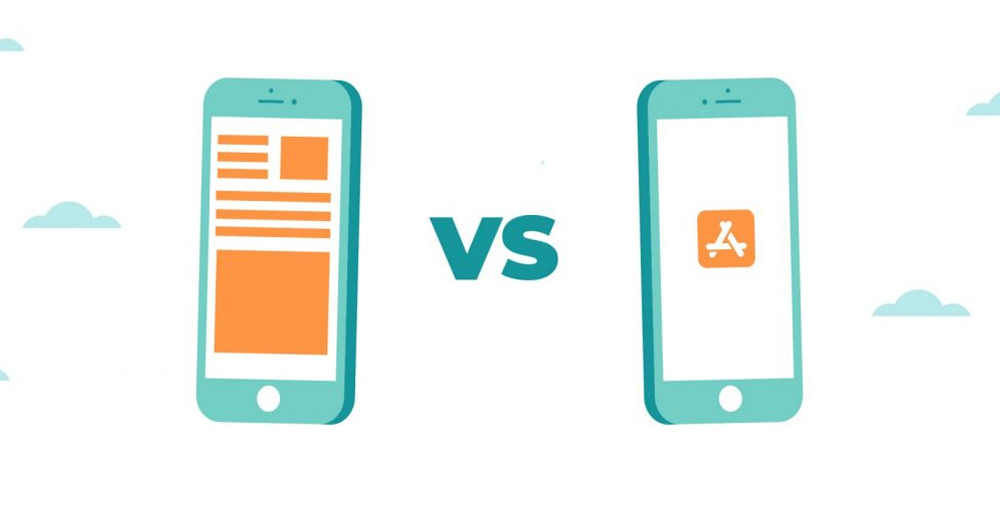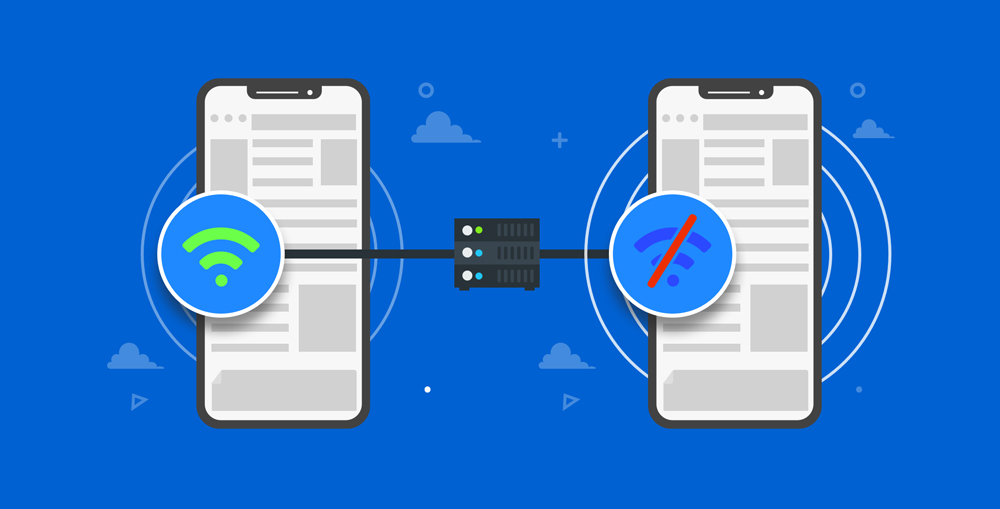The overall business landscape have drastically changed over the past decade, with the rise of smartphones, internet, social media and digital communication, the way business are building and nurturing their relationships with their customers have completely changed. In the modern fast-paced and highly competitive market environment it is crucial for a business to adopt to modern practices, methodologies and technologies. The performance management system is no exception at all, if you will compare the modern performance management system with the performance management practices just around a decade back, the present day performance management is totally unrecognizable. The modern performance management systems are designed with an aim to support every organization’s unique internal culture, minimize the influence of bureaucracy, increase transparency and maximize the impact of the performance management and human resource programs. Dubai, Sharjah, Abu Dhabi and other emirates of UAE are witnessing continuous growth, which is attracting more businesses and raising the competition. The governments are also turning toward a modern UAE government performance appraisal system in order to ensure excellent services for the citizens. Furthermore the rapidly changing market trends, and ever-increasing customer demands are compelling businesses to utilize their resources at the maximum potential in order to ensure stability and growth. That is what make performance management system a game-changing tool.

What is a Modern Performance Management System?
The major difference between the traditional and modern performance management system is that the old method relies on annual reviews, the modern methods offer more frequent reviews, better performance data collection and analysis, and include software tools which makes the employee performance management process more effective and impactful. When the employees doesn’t have a proper communication with their managers, they are blindfolded and couldn’t know if they are progressing in the right direction or not. Another biggest difference between traditional and modern performance management system is that it focuses on the people and help managers maximizing their potential. However, the traditional performance management system focus on what has been done in past, and have no visibility of the future at all. The software aided modern performance management system is more integrated, robust, responsive, and reactive and can easily be incorporated in the modern work flows. The modern performance management system offer a more contextual and comprehensive performance data which help managers and employees to identify the problems and help them set course for the future to achieve the excellence. The modern performance management system doesn’t only focus on the monetary incentives, but it offers in-depth employee development programs, it is more engaging and empowering, and help building trust on the performance management process.
See Also: How to Design a Modern Performance Management System?
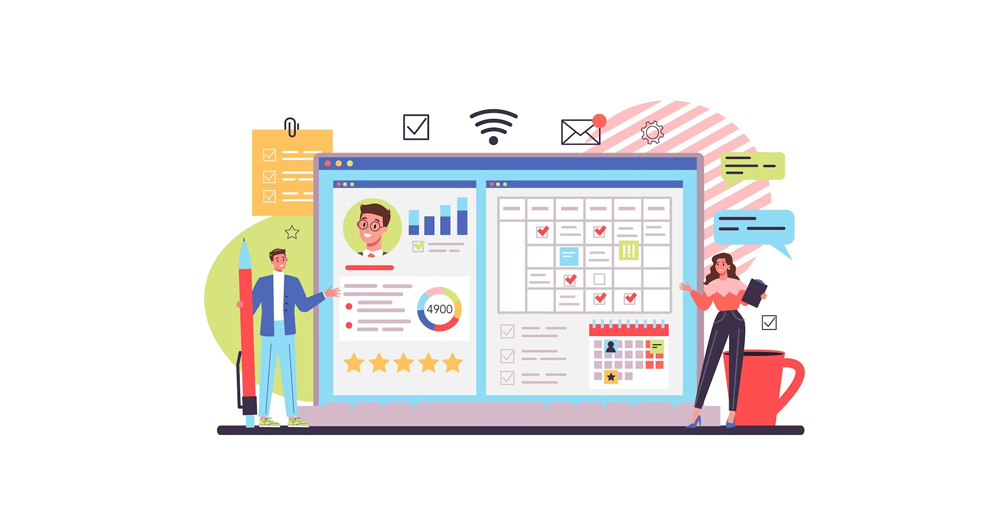
What are the Characteristics of a Modern Performance Management System?
Businesses should be aware of modern performance management trends. Because in order to implement a modern performance management system you must understand what the characteristics of a modern performance management system are which distinguished it from a traditional performance management model.
- Digital Transformation: The biggest advantage of a modern performance management system is that it enables digital transformation by implement software based solutions and tools. The performance management software help automating several tasks driving efficiency and accuracy in the process.
- People Focused: The modern performance management systems focused on both the high-performing employees as well as the low-performer. It offer a great balance between the accountability and the development, which encourage all employees to perform better and also help low performers to achieve their goals while rewarding high-performing employees.
- Continuous: The modern day employees want more frequent and instant reward, they don’t like the concept of waiting for an entire year. A continuous performance management system offer continuous communication, frequent reviews (biannual, quarterly, and even monthly), continuous feedback and frequent one-on-one meetings.
- Transparent: Most of the business leaders and the employees don’t trust on traditional performance management system due to several factors. However the modern performance management system offers more transparency, it provide more accessibility to performance data and can keep the record of all past data, meetings, and reviews.
- Adaptive: The modern performance management systems are great and offer castigation which enables them to adopt to changes in trends, needs and even allow businesses to implement customized performance management strategies and policies. The ability to integrate with other systems and collect performance data from multiple sources make them more adaptable.
See Also: Benefits of Implementing a Modern Performance Management System
These are the essential features which distinguishes between traditional and modern performance management system.

Step-by-Step Guide on Designing a Modern Performance Management System
Now that we understood the difference between traditional and modern performance management system and its benefits as well, let us dive into the actual process of designing a modern performance management system which resonates with your organizational culture and performance needs.
- Identify Your Needs: It is important to understand the needs of your organization. Every business have different priorities, different challenges and different culture, this is why it is important to identify your needs. You will have to review the current performance management model and then do some brainstorming to identify the needs of your new strategy.
- Chose The Purpose: Once you identify your needs, you should chose the primary purpose of your modern performance management system. There are five major purposes of implementing a performance management framework, accountability, organizational alignment, cultural alignment, development, and recognition. You should prioritize each one as per your needs.
- Understand the Workflows: Understand who is making decisions and how decisions are being made. How the information are flowing, what communication channels you are currently using and what you are planning to use in future. Understand how you are currently defining roles, goals and objectives and how the success should look like.
- Performance Fundamentals: No matter what performance management model you want to use, the performance fundamentals are the same, reviews, feedbacks and goals. Implement mechanisms to make reviews fair and transparent. Implement SMART goals, focus on accountability, development and alignment and lastly implement continuous feedback model.
See Also: How the HR should select a Performance Management System?
If you follow the above steps you can easily identify your needs and the scope of your new modern performance management system. There are two ways to implement a new performance management system. First you can acquire a ready-made commercial off-the-shelf solution, or the second and more effective way is to acquire a professional software development agency in Dubai, such as RSI Concepts and let them build a customized performance management system as per your needs.
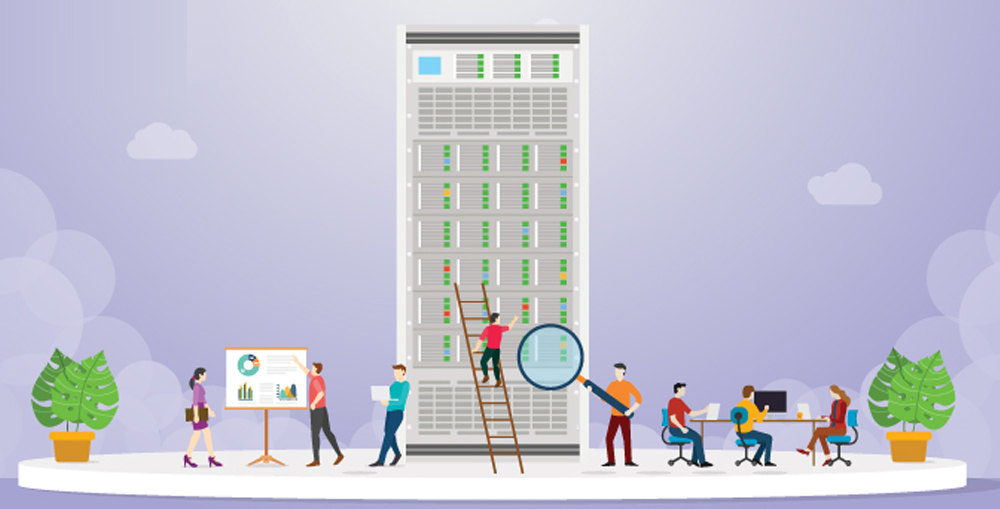
How to Analyze the Effectiveness of your New Performance Management Model
Once you implemented a tailor-made modern performance management system you will definitely witness improvements, however, in order to analyze the effectiveness of your new performance management system you can perform a thorough analysis using the following steps:
- Start with market research, understand your industry trends, and set the performance benchmarks for your industry.
- Set and enlist organizational goals and objectives and accordingly set the individual goals that you are planning to achieve with your new performance management system.
- Based on your organizational goals and objectives define how the success should look like for individual goals, also classify performance in three categories, high-performer, low-performer and average performers.
- Now compare your design of performance management system and its success measures with this performance management model based on industry benchmarks.
- Now try to minimize the gap between both performance management models and you will get a most efficient performance management system.
This analysis will help you improving your design of modern performance management system and it will help you maximizing the impact of your performance management program.
See Also: 5 Challenges in implementing Performance Management System
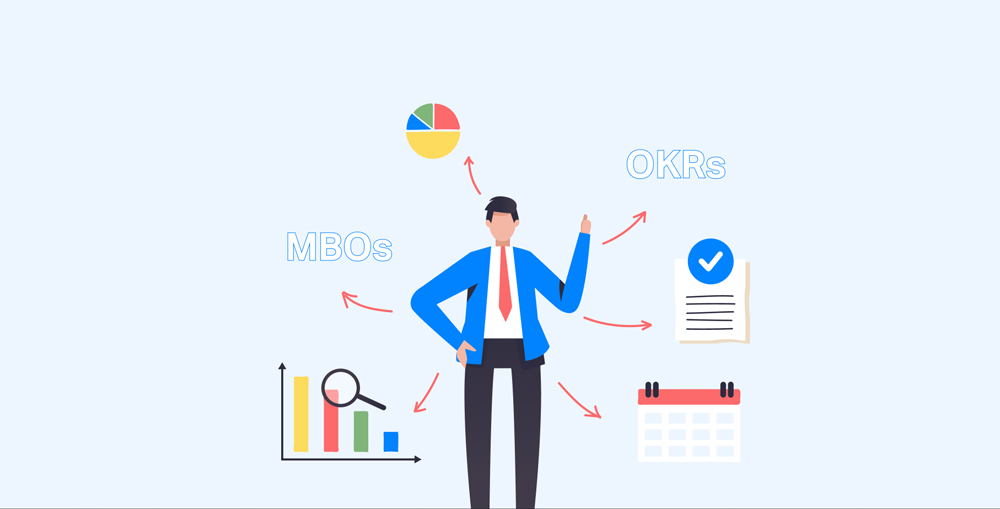
Conclusion
Implementing a modern performance management system can greatly improve your employees’ performance, engagements and help you increase retention. When the employees and managers both trust on the performance management models and tools they tend to perform well and it also help elevating their morale which is absolutely essential for productivity and efficiency. There are several modern performance management systems available in the market, however, it is highly unlikely that any off-the-shelf performance management software can fulfill all your needs and produce the desired results. That is why we recommend going for a customized performance management system. In this blog we have discussed the difference between a traditional and modern performance management system, we also discussed how you can design a perfect performance management system which will empower your management and workforce. If is important to critically analyze the performance management model that you are building for your business. You can revise your model many times before reaching to the optimum results. If you want to learn more about the subject or if you want our help to design your new modern performance management system for your business, please feel free to contact us through our Contact Us page or leave a comment in the comment box below and we will get in touch with you soon.
See Also: Why Custom Performance Management System is more Effective?

